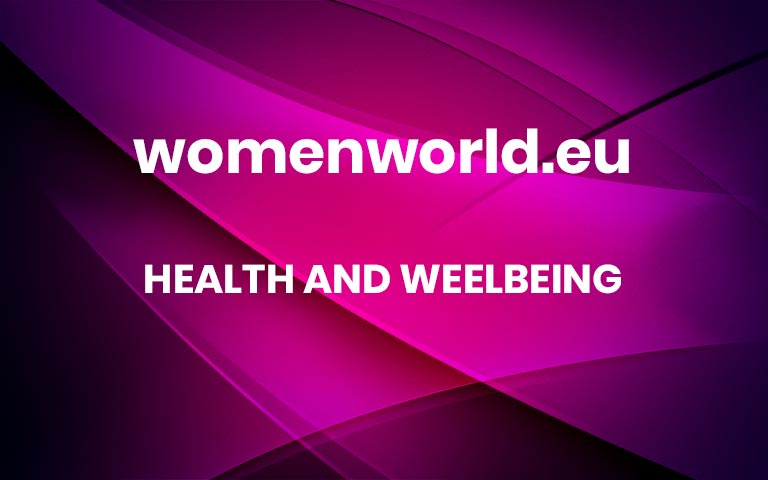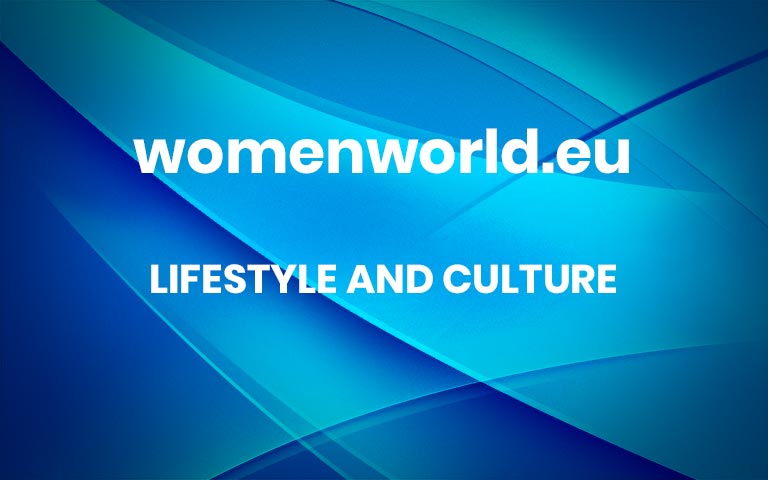The Surprising Way Your Menstrual Cycle Affects Your Smile
There’s a lot of talk about the ups and downs of women’s menstrual cycle – cramps, mood swings, skin breakouts – but have you ever considered how your period might be affecting your smile? That’s right – those monthly hormonal fluctuations don’t just mess with your mood or skin; they can have a surprisingly big impact on your oral health too. Dr Ockert Bekker, Founder and Dental Surgeon at Bekker Dental & Aesthetics, breaks down how menstrual cycles affect oral health.The Connection Between Menstrual Cycles And Oral HealthThroughout the female menstrual cycle, levels of oestrogen and progesterone rise and fall. These hormones influence everything from your energy levels to your appetite, but they also affect the blood flow to your gums and how your body responds to plaque (the buildup on your teeth).During certain phases of your cycle, especially the days leading up to your period, you may notice:Gum Sensitivity: Your gums might feel tender, extra sensitive, or even bleed when you brush. That’s because increased hormone levels can cause your gums to become more inflamed.
Gum Swelling: You might even see a bit of puffiness along your gum line. This is due to your body’s heightened inflammatory response during the luteal phase (after ovulation and before your period).
Bad Breath: As if cramps weren’t enough, some women also report a not-so-fresh feeling in their mouths during their period. Changes in hormone levels can alter the bacterial balance in your mouth, which may contribute to less pleasant breath.READ MORE: How To Boost Your Fitness By Tailoring Your Exercise Routine To Your Menstrual CycleYour Mouth’s Monthly CycleHere’s a short summary of how your smile might change during your monthly cycle, per Dr Bekker: Menstruation (Days 1-5): Gums may feel sore or inflamed; bad breath more noticeable for some.
Follicular Phase (Days 6-14): Things calm down – this is often when your gums feel their best.
Ovulation (Around Day 14): Hormones peak – some women experience mild gum sensitivity.
Luteal Phase (Days 15-28): Progesterone rises, leading to puffiness and/or bleeding gums in some cases.READ MORE: Yes, Poor Oral Health Is Strongly Linked To Serious Disease How To Support Your Oral HealthWhile you can’t pause your cycle, you can stay ahead of hormonal oral changes with a few smart habits:Stay Consistent with Oral Hygiene: Brush twice a day (be gentle if your gums are sore), floss daily, and rinse with an alcohol-free mouthwash. I can highly recommend Curaprox Perio Plus Mouthwash Balance. If floss isn’t for you, a water flosser might be a good solution. Waterpik Water Flosser is a favourite amongst our patients.
Snack Smart: Sugary cravings during your period? Try healthier alternatives like fruit or nuts: they are less likely to feed bacteria in your mouth.
Hydrate, Hydrate, Hydrate: Water helps flush bacteria and keeps your mouth from getting dry – a common cause of bad breath.
Don’t Skip the Dentist: Let your dentist know if you notice a pattern of gum issues around your cycle; extra care can be recommended.
See a Professional: If your gum issues are severe, consistent, or worsening with every cycle, it’s a good idea to book an appointment with your dentist or oral hygienist. Hormonal changes are normal, but they shouldn’t make smiling painful.The human body is beautifully complex, and your oral health is part of that picture. The more you understand how your menstrual cycle affects your smile, the better you can care for yourself all month long. So next time you notice your gums acting up, don’t panic. It might just be your hormones talking — and your body reminding you to show your smile some love.READ MORE: ‘Why Do I Have Smelly, White Chunks In My Mouth?’By Dr Ockert Bekker, Founder and Dental Surgeon at Bekker Dental & Aesthetics
About Dr Bekker
Founder and Dental Surgeon at Bekker Dental & Aesthetics
Dr. Ockert Bekker is a highly accomplished dental professional known for his passion and dedication to excellence in patient care and advanced dentistry. He holds a BChD from the University of the Western Cape (UWC), along with multiple postgraduate diplomas in Endodontic and Aesthetic Dentistry. His pursuit of continuous learning led him to complete an Implant Fellowship at New York University (NYU) and an Orthodontic Aligner Fellowship, further enhancing his ability to offer cutting-edge dental solutions.
Dr. Bekker prides himself on staying at the forefront of modern dentistry, embracing a holistic approach to dental care that combines technical expertise with a patient-centred philosophy. His practice, Bekker Dental & Aesthetics, with branches in Durbanville and Paarl, is equipped with the latest technology to ensure personalised treatments that prioritise long-term oral health and aesthetic excellence.
Renowned for going the extra mile, Dr. Bekker and his extensive team create a welcoming environment where patient comfort is paramount. Whether enhancing smiles with aesthetic treatments or restoring function through complex procedures, they deliver results that are as beautiful as they are lasting. More



